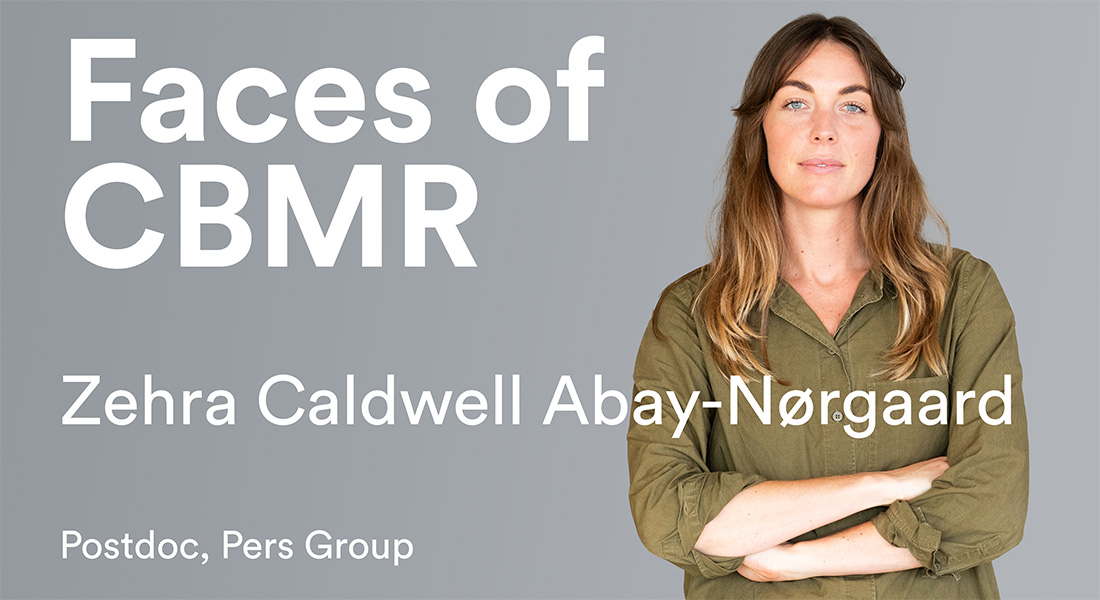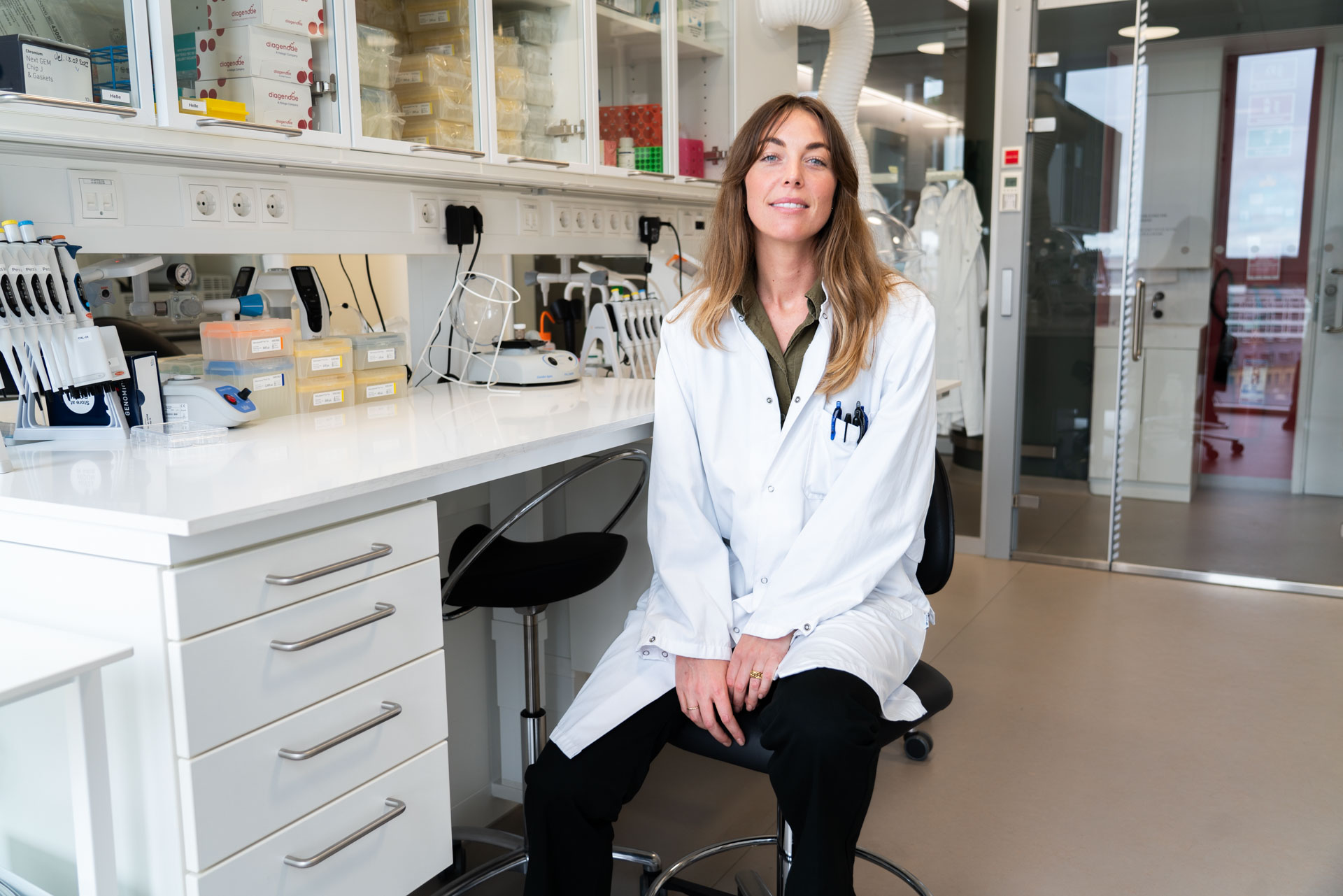“I want to ensure that researchers have access to the best cellular models”
Zehra Abay-Nørgaard is a translational neuroscientist developing human stem cell models for disease modelling and drug discovery. As a postdoc in the Pers Group, she is responsible for turning her novel in vitro hypothalamic stem model into one that can be used to assess the effect of genetic perturbations on hypothalamic function. Zehra aims to push the field with human hypothalamus-specific models to advance translatability and develop better treatments for people living with metabolic diseases.

How did your interest in science begin?
I think it started with my high school biology teacher, Mrs. Maxwell. When she explained how just a single cell functions, she performed it like every organelle was a player in a game. Thinking about how many cellular interactions are happening at any given moment, in a whole organism, it was mind-blowing back then – and it’s still mind-blowing to me now.
Why did you choose your specialization in developing human stem cell models?
At Monash University in Australia, I was studying a fascinating neural regenerative response in an animal model called C. Elegans, but I became increasingly frustrated by the lack of translatability to humans. During this time, I attended a talk in Professor Jose Polo’s lab about making microglia from Alzheimer’s patients’ stem cells. The potential was fascinating, so I decided to shift fields and joined Jose Polo’s group.
Tell us about the arcuate nucleus model you’ve developed?
The arcuate nucleus is a tiny, but crucial, part of the hypothalamus that regulates many homeostatic processes, importantly, feeding behavior. I’ve optimized an in-vitro protocol for generating the arcuate nucleus from human embryonic stem cells, mimicking the developmental processes that occur in the brain. This allows us to study specific neuronal cells that govern feeding behavior.
What is your role in the Pers Group at CBMR?
We’re working on applying my arcuate nucleus model to a wider field of metabolism. I’m setting up the protocol here to allow the group to test, at scale, the effect of genetic perturbations on hypothalamic function. My main research project involves spearheading a so-called Perturb-seq experiment that relies on human-derived arcuate nucleus cells and CRISPR interference technologies to study the causal relationships between genes and endophenotypes mediating obesity risk.

And what does CRISPR interference (CRISPRi) entail?
CRISPRi has been widely used for gene editing, but we’re applying it in a high-throughput manner to target over 400 variants associated with obesity. After the genetic interference, we perform single-cell sequencing to observe the downstream effects at the single-cell level. This approach can allow us to identify novel pathways, mediated by the arcuate nucleus, that are involved in obesity.
How can researchers benefit from the CRISPRi-ready hypothalamic in vitro model you’re piloting in the Pers group?
Together with others in the Pers group, I’m actively working on establishing an inducible CRISPRi system in the hypothalamic cell model. This system will enable us and others to explore human genetics related to the function of the arcuate nucleus. Additionally, the model itself provides researchers in our group and beyond the capability to investigate a wide range of metabolic and cellular questions specific to the human hypothalamus.
Why is it important that the models are human-specific?
There are substantial species differences between humans and rodents, particularly in the brain. While animal models remain valuable for system-wide testing, human-specific models provide faster clinical relevance and offer improved predictive accuracy for assessing drug efficacy and safety.
You have filed two patents, with a licensing underway. What drives you to invent within your field?
I want to ensure that researchers have access to the best cellular models. This then ensures accurate translatability and the formulation of the best possible treatments for patients.
Where do you hope to see your career going in the future?
I would really like to see human hypothalamic stem cell models being used to accelerate neural drug discovery. That’s my main goal – to move away from animal models and push the field toward using human-specific models to develop optimal treatments.
This interview was edited for clarity and concision.
